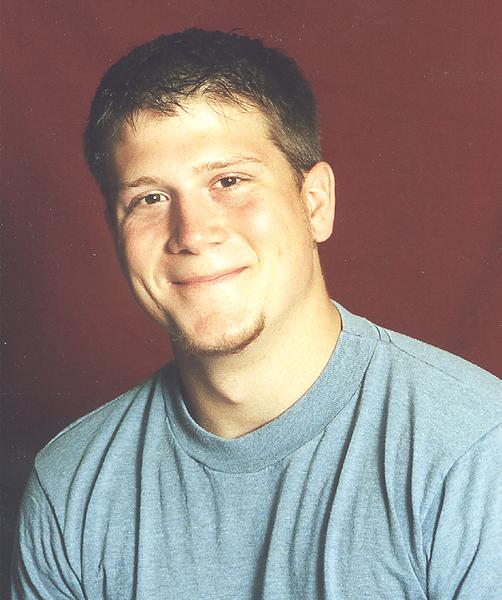Harry Potter vs. Lord of the Rings

November 21, 2002
If you looked at a brief outline of the story, it seems to have all the makings of a great trilogy. Wizards, magic, monsters, far away places, etc., etc. Upon further inspection, however, the Harry Potter books and movies are about as entertaining as stapling your head to the carpet.
Forgive me if I missed the magic bus, but I don’t see why so many children, and Simpson students, are fascinated with this prepubescent warlock.
“Harry Potter and the Chamber of Secrets” just came out in theatres a week ago. In its first three days, the film made $87.7 million in box office sales, third on the all-time opening weekends list behind “Spider-Man” ($114.8 million) and “Harry Potter and the Sorcerer’s Stone” ($90.3 million), the predecessor to “Chamber of Secrets”.
This means that there are more people out there that saw the Harry Potter flicks on their opening weekends than similarly rated movies such as “Star Wars Episode I: The Phantom Menace,” “Star Wars Episode II: Attack of the Clones,” or “Lord of the Rings: Fellowship of the Ring,” all arguably far superior than those featuring Mr. Potter. It is with this last title that I find the most discomfort.
A simple comparison between J.R.R. Tolkien’s masterpiece about Middle Earth with one of the commercially driven titles by J.K. Rowling is enough to make the biggest “Potterhead” trade in his broom.
Hero: “Fellowship of the Ring” has many important individuals, each with his or her own distinct personality. However, the book revolves around Frodo Baggins, a hobbit. For those of you who do not recognize the term hobbit, imagine an entire race of people, roughly the size of Danny Devito, who are constantly meddlesome yet inquisitive and adventuresome.
Meanwhile, Harry Potter looks like what would’ve happened if Buddy Holly and K.D. Lang had a baby and kicked it until it spoke with a British accent. It’s hard to respect a character that looks like the prime target in fourth grade dodge ball.
Setting: “Fellowship of the Ring” is set in Middle Earth, a mystical landscape filled with lakes, rivers, mountains and forests. The land is inhabited by elves, dwarves, humans, orcs, dragons and loads of monsters. The width and breadth of Middle Earth are bound only by the reader’s imagination.
“Harry Potter” takes place at Hogwarts, a school for young wizards. It can only be reached by train, and the train station the young wizards use is hidden. The youths stay in one of several dorms, such as Slytherin and Gryffindor, as dictated by a magical singing hat. Given all of these really cute names, I’m surprised that the pages of Rowling’s books aren’t tinged with pink. All this makes Harry Potter slightly more masculine than a Tampax commercial.
Villain: While there are many monsters that Frodo and his band fight throughout the book, their goal is to defeat Sauron, the evil ruler of Mordor. He is relatively unstoppable except without his magical ring, which Frodo inherited from his uncle, Bilbo. Sauron has sent thousands of orcs all over Middle Earth to retrieve the ring, but Frodo plans to destroy it in the fires of Mount Doom.
This is cool. Harry Potter’s main rival, on the other hand, is another young wizard named Malfoy. He looks a bit like Macauly Culkin, though not strung out and Goth-like. He does all sorts of nasty things to Harry, like… umm… making fun of him for not having any family.
Clearly, comparing Sauron to Malfoy is like comparing Rage Against the Machine to L.F.O.
You can go on and on about this, but at no point will you find one redeeming part of the Harry Potter series that is somehow better than the Lord of the Rings series.
The next installment of Tolkien’s trilogy, “The Two Towers,” comes out Dec. 18. Do yourself a favor: let go of the childish nonsense that is Harry Potter, buy a ticket to “The Two Towers,” and act like an adult already.












